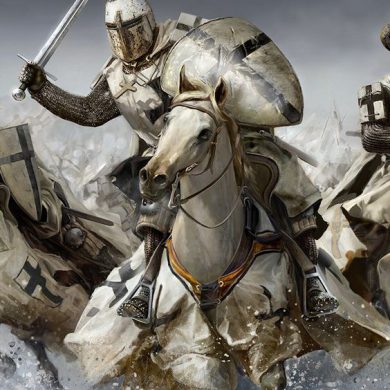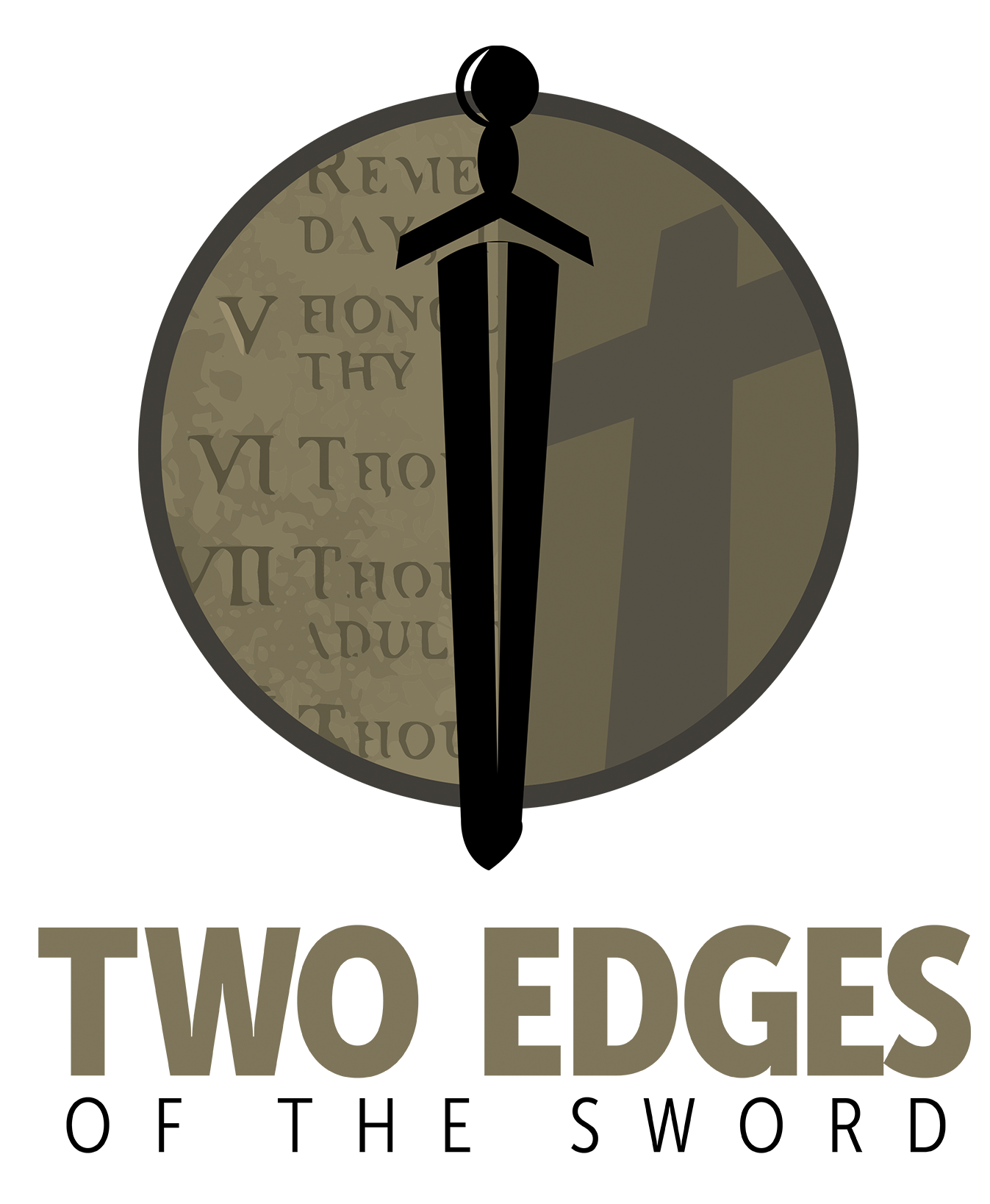We have seen in these postings that God created Adam and Eve spec ifically to rule for Him, to be His “gods” (rulers) on the earth, exercising His delegated authority and power (Genesis 1:26).
ifically to rule for Him, to be His “gods” (rulers) on the earth, exercising His delegated authority and power (Genesis 1:26).
They were to establish, in experience, the “kingdom of God,” God’s rule, exercised by His children, functioning with His law as its standard. This included ruling, not only over all God’s physical creation, but also over Satan, the rebellious angel who had evidently established the earth as the focal point of his revolt against God.
However, through Satan’s deception and an unwillingness to exercise the leadership responsibilities of their new office, Adam and Eve succumbed to Satan’s temptation and legally lost to him their right to rule in the kingdom of God. Satan became the new “god of this world” (2 Corinthians 5:5) at the Tree in the Garden.
After several millennia of Satan’s rule over the earth, “when the fullness of the time had come, God sent forth His Son” (Galatians 4:4), God sent His Son as the “second man,” to do battle again with Satan as had Adam. This time God’s representative, unlike Adam, was successful in defeating Satan definitively and permanently at the cross.
So what? Although the Bible teaches that truth very clearly, (i.e., Hebrews 2:14), Colossians 2:15), what in the world does it mean practically that “Jesus defeated Satan at the cross?” Practically, it means nothing.
The majority of the Christian world believes “Satan is alive and well on planet earth,” and is still the “god of this world,” even though at the cross Jesus “disarmed principalities and powers (Satan’s earthly emissaries), He made a public spectacle of them, triumphing over them in it” (Jesus’ death on the cross – Colossians 2:15). “. . . that through death (Jesus) destroyed (Gk – “render useless”) him who had the power of death, that is, the devil (Hebrews 2:14). Does that sound like “alive and well” to you?
So, what is the current state of the kingdom of God? Since Satan’s defeat at the cross, who rules over it now? Who is the “god of this world” now? We have traced the crown from Adam to Satan. Who wears it now? The most ignored event in Jesus’ life tells us.
For Christians, of course, Christmas and Easter are the two big events Christians celebrate with holidays. However, another tremendously important event in the life of Jesus, particularly as it relates to God’s eternal purpose of ruling over the earth, is practically ignored. In most evangelical churches, no holiday memorializes it, no sermons are preached to observe it, and we have not been taught to recognize its enormous implications. I am referring to Jesus’ ascension into heaven.
Luke tells us in Acts 1 that Jesus appeared to the disciples for forty days after His resurrection, speaking to them “of the things pertaining to the kingdom of God” (Acts 1:3). Among other things, He told them to wait in Jerusalem for the “promise of the Father,” the Holy Spirit, who would empower them to be “witnesses to Me in Jerusalem, and in all Judea and Samaria, and to the end of the earth” (Acts 1:8). Then He was taken up to heaven in a cloud and the disciples were told by two angels that He “will so come in like manner as you saw him go into heaven” (Acts 1:11).
Here we have the very familiar picture of what happened at the ascension as the disciples observed it—as Jesus left the earth. In order to understand the tremendous importance of the ascension, we must look at it from another perspective. Where did Jesus go when He ascended, and what happened when He got there?
We know generally that He “ascended into heaven,” and we have no clue what happened when He got there, except that He is somehow “ruling from His Father’s right hand.” Over what and how we aren’t sure.
In order to comprehend the significance of this event we must be more specific. In Daniel 7, the Bible gives us a dramatic, prophetic look into Jesus’ return to heaven for the first time since the incarnation and the events accompanying that arrival.
In verse 13, Daniel sees prophetically “One like the Son of Man (Jesus Christ), coming with the clouds of heaven! He came to the Ancient of Days, and they brought him near before Him.”
Because of the phrase “coming with the clouds of heaven,” many have equated this with the second coming of Jesus Christ, because the angels said in Acts 1 that Jesus would return in the same manner that He had left—on a cloud.
However, this cannot be the second coming, because Jesus “came to the Ancient of Days,” who, we can see in verses 9 and 10, is God the Father, the sovereign God of history, seated in the throne-room in heaven. Jesus is coming up in this passage, not coming down! In Daniel 7, these are not clouds like Jesus was on when He left earth, but indeed the very same clouds!
Daniel is not prophesying Jesus’ return to earth in 7:13, but is giving us a prophetic look at what would, and indeed did, occur at the other end of the ascension. He is giving us a picture of Jesus’ return to His heavenly home, a home He left thirty-three years earlier when He took upon Himself human flesh at the incarnation.
I can imagine the scene of rejoicing and jubilation as the myriad of angels welcomed Him back, and then brought Him into the Father’s presence where Jesus snapped off a salute, so to speak, and reported on the task He had been given to do; “Father, mission accomplished!” He had accomplished a three fold mission:
1.) Godward: He satisfied God’s justice with regard to sin,
2) Manward: He took our old Adamic man to death at the cross and raised our new man to a new life of faith in Him, and
3.) Satanward: He permanently and finally defeated Satan at the cross, wresting the kingdom of God from him by His death and resurrection.
The incredible event that followed Jesus’ triumphant arrival in heaven is pictured for us in the next verse, Daniel 7:14. This event, at the ascension, joins Jesus’ birth, death, and resurrection as the most important events in Jesus’ life. That is the topic of next week’s letter.
